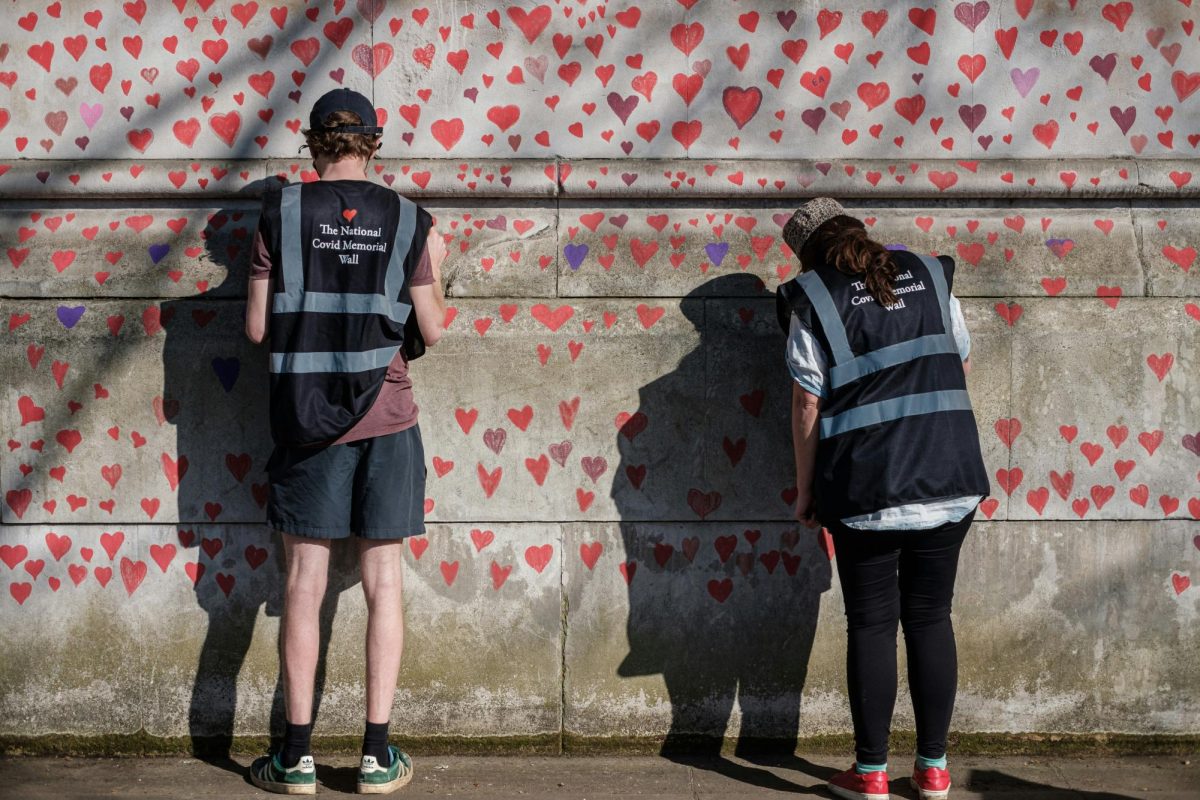As a society, we have decided that the continued spread of highly contagious pathogen is OK
as long as people go to work and we keep the stores well-stocked.
I vividly remember going into my kids’ school in late December 2019 for their class holiday parties
and seeing that there were more people than usual sick. Many kids and teachers were out sick, and
some were visibly ill that day. It made me wonder if it was just the regular cold and flu season or if the new virus was already spreading here undetected.
When I think about the time line we didn’t do anything to stop the spread until March when lock downs began, my mind is blown away by how the government, institutions, and we as a society have failed the 7,010,681 people who lost their lives since then.
I saw chunks in the American federalism with the federal, state and local governments scrambling
and putting together their plans an recommendations instead of a nationwide plan with mutual support between all levels of government like we saw in other countries like New Zealand, Germany, China and South Korea.
Fast-forward four years, and COVID-19 is still a part of our lives. According to the Centers for
Disease Control and Prevention, wastewater data in the U.S. shows that more than half of the country is experiencing high levels. Last week, New Mexico, Texas, Oklahoma, Arkansas and Louisiana’s test positivity rate was 24.1%, the highest in the country.
There are no mandates. Some places like Texas have banned mask mandates with few exceptions in some settings like government living centers, jails and government-run hospitals.
The latest FLiRT strains and LB.1 strain have caused a surge this spring and summer, which we
would have typically expected in the winter.
Some Taylor Swift fans even labeled their post-Eras concert infection a souvenir.
We need to ask ourselves how many COVID-19 infections we need before our health is irreparably damaged. Do we need to risk it so theaters, concerts and the Olympics can make money?
A recent National Institutes of Health study concluded that the risk of heart attacks, strokes and breathing problems can increase with each new infection.
“Therefore, the number of long COVID cases is expected to remain high in the future,” the study said.”Researchers are also researching what COVID-19 does to people’s brains.
A study conducted by the Imperial College of London this February with 140,000 participants
found that COVID-19 was associated with multiple cognitive problems including memory. People
also “showed small deficits in some tasks testing executive and reasoning abilities, such as those that require spatial planning or verbal reasoning.”
A deficit in spatial planning and verbal reasoning makes you wonder if that’s what’s wrong with
all the crazy driving on our roads.
More virus are becoming more rampant. So, what did we learn that worked, and where is there room to improve?
Lawmakers and scientists need to work together to create better policies and education programs to
help people who are on the fence about the need for health precautions.
On Aug. 14, the WHO declared a public health emergency of international concern for mpox. Already
the conversations around this are around fear and propaganda and not based on facts.
Now is the time for the CDC and the WHO to start educating people before the narrative around
this virus and others becomes even more politicized.


























